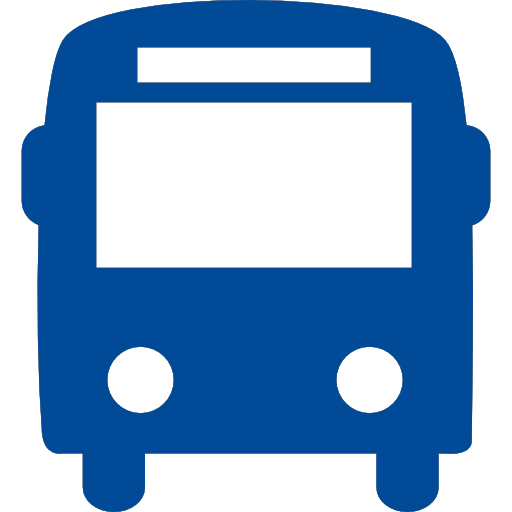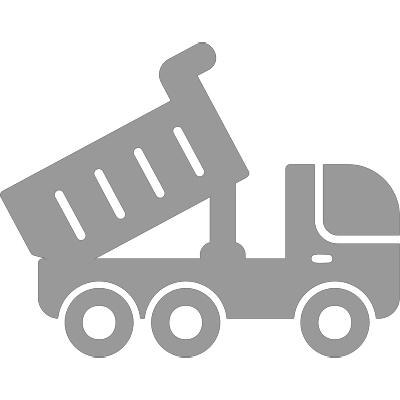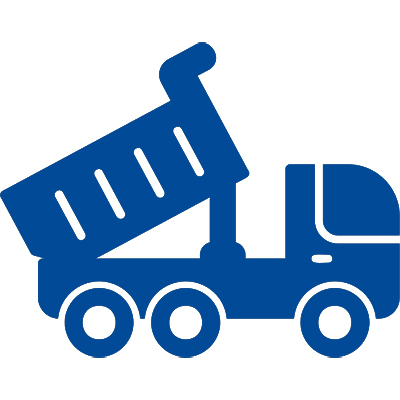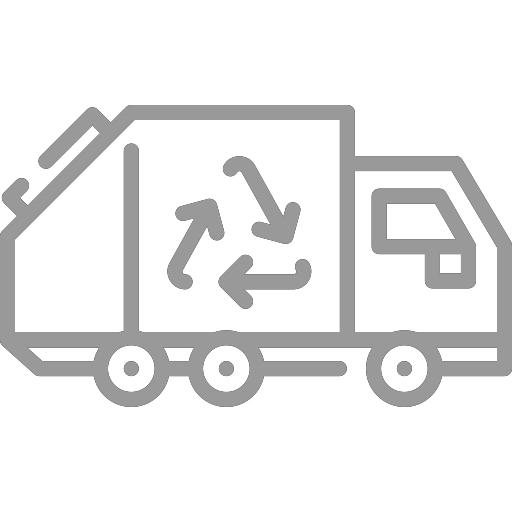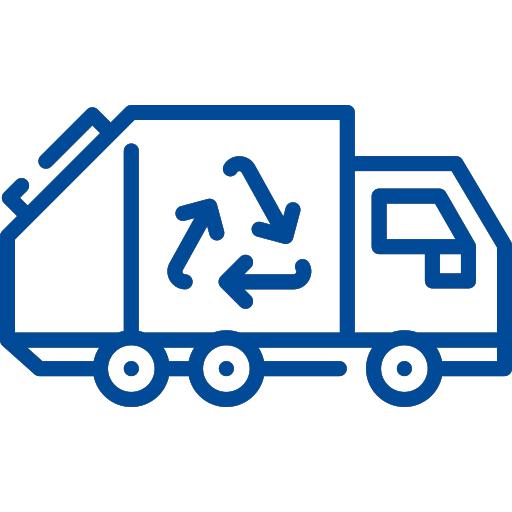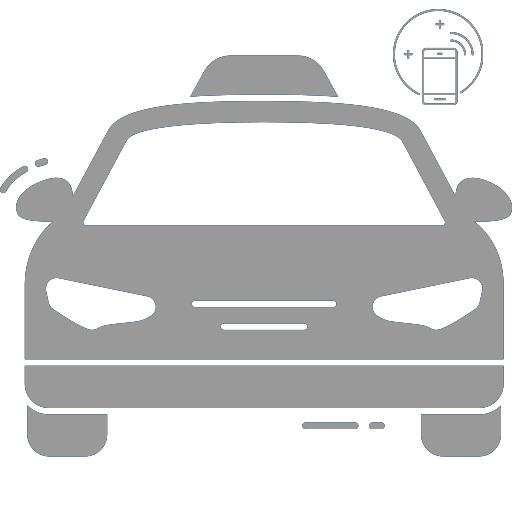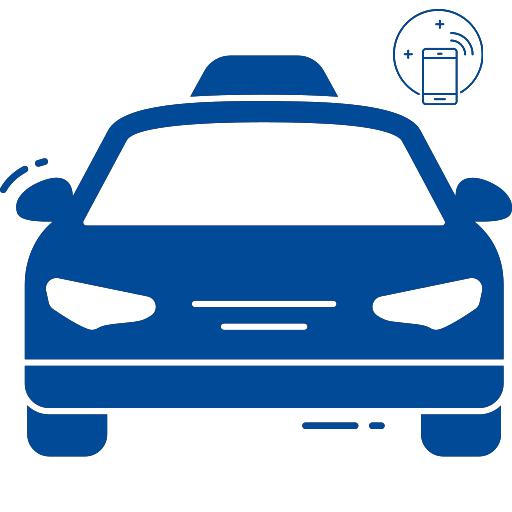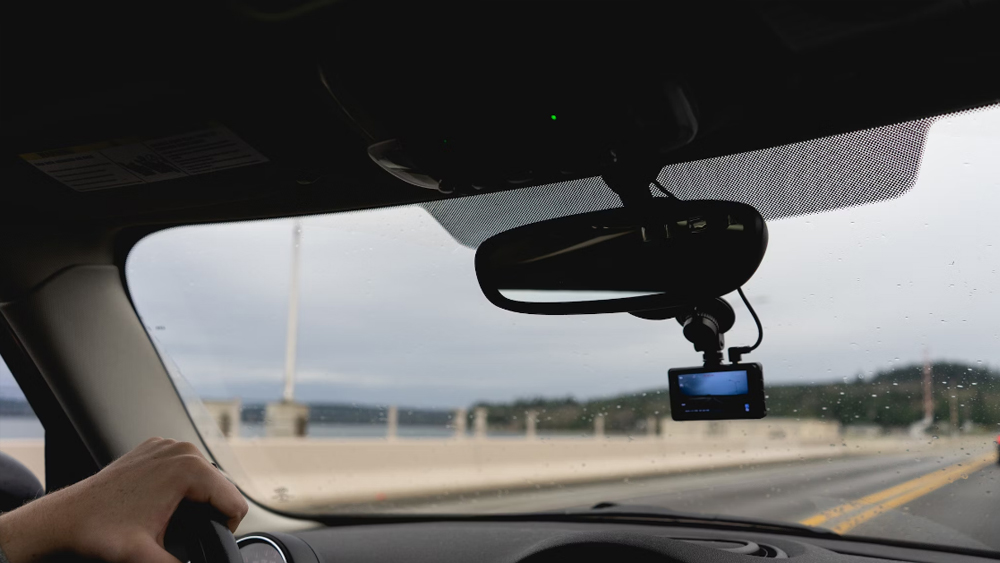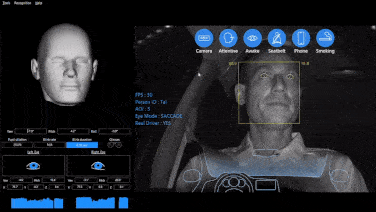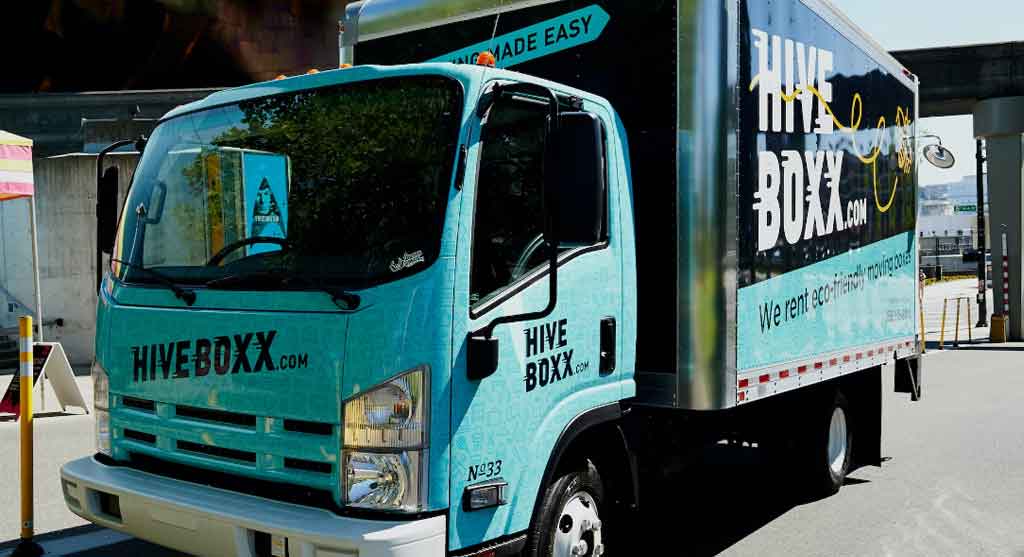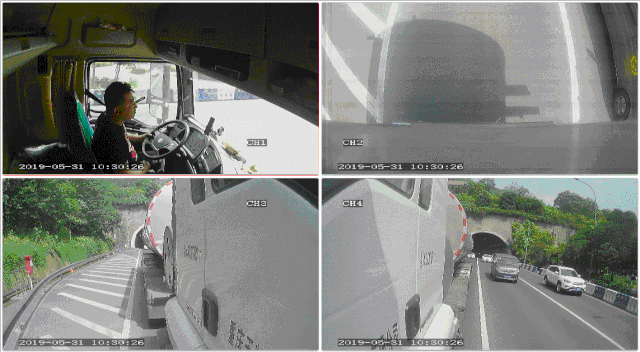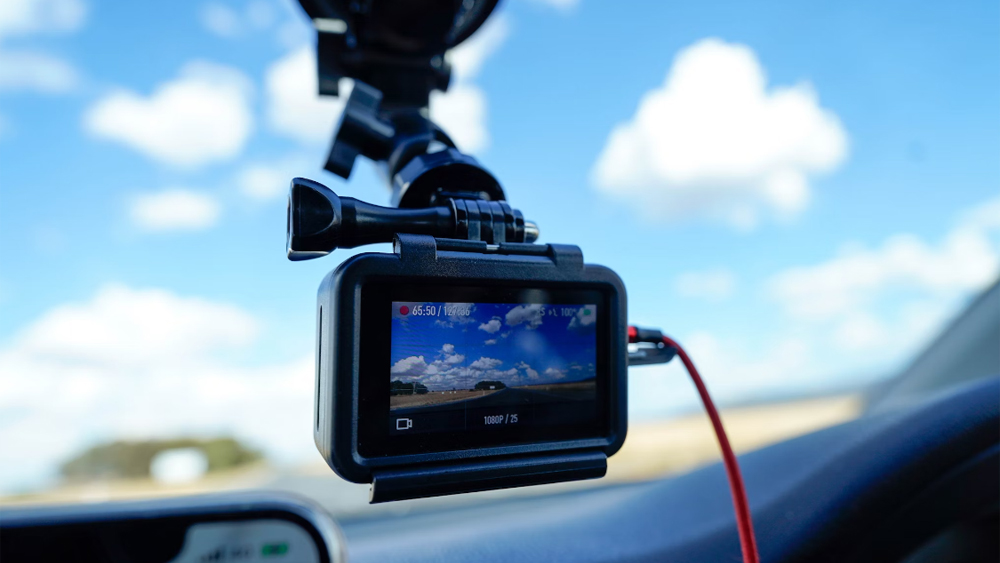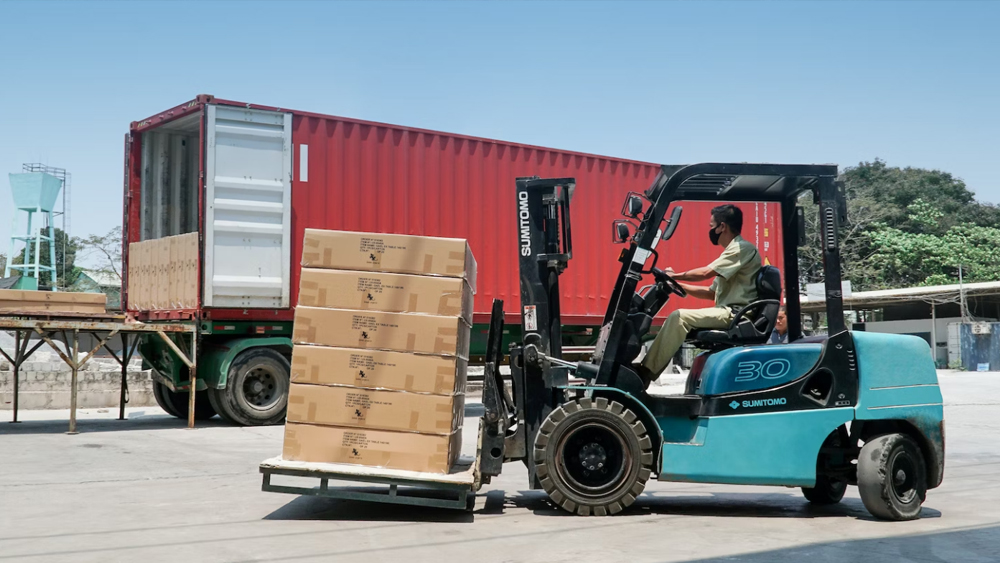Using Dash Cams to Protect Your Fleet
Using dash cams to protect your fleet
Dash cams help fleet managers shift from a vehicle-centric fleet view to a holistic view that includes the drivers. This not only helps prove the innocence of drivers but also gives them peace of mind, knowing that video evidence will be available in case anything happens.
hnweb_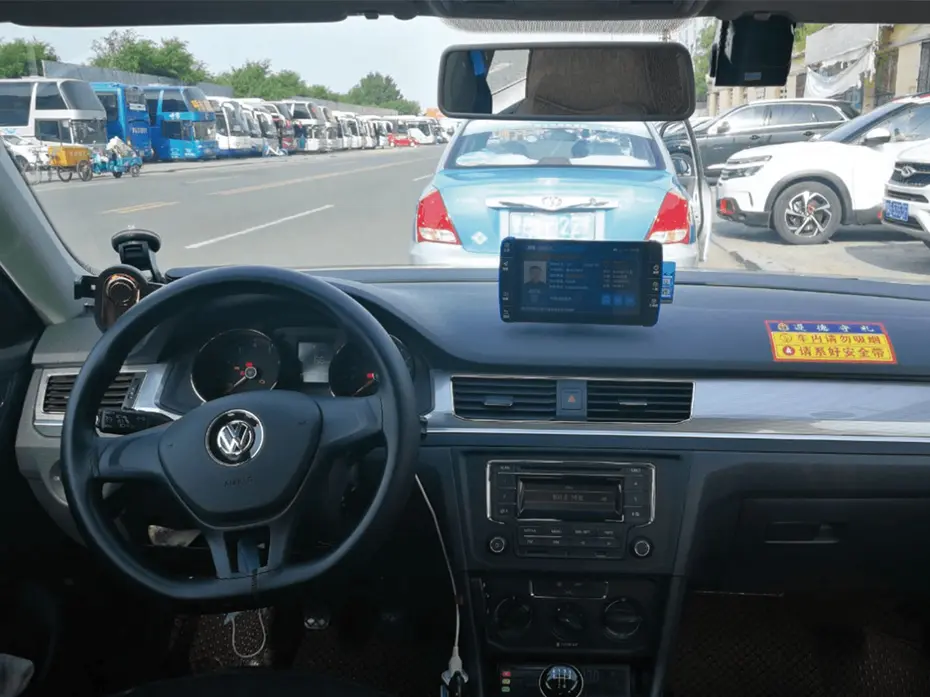
What is a dash cam?
A dash cam is a video surveillance device designed specifically for installation and use in motor vehicles. They get their name from their typical placement on the dashboard of cars or trucks.
Dash cams have been around for some time now. Their formal establishment can be traced back to the 1930s. At that time, the use of so-called "windshield cameras" was very limited, with law enforcement being their only real application.
Since then, dash cams and motor vehicles have evolved to the point where this technology is now commonplace in many cars and commercial vehicles.
Today's dash cams are highly advanced, featuring GPS, night vision, and artificial intelligence capabilities, enhancing their practicality. Here are several ways they can help protect enterprise drivers and improve overall fleet safety.
The 5 main advantages of using dash cams for fleets:
Evidence in the event of an accident
According to the Virginia Tech Transportation Institute (VTTI), dash cam solutions with event-triggered recording are expected to reduce fatal accidents by 20% and reduce injuries caused by accidents by 35%.
When an accident occurs, accounts of responsibility may contradict each other. Video footage captured by dash cams can serve as valuable evidence to determine what happened during the accident, potentially exonerating your drivers and possibly reducing your insurance premiums.
Mitigating future risks
One of the biggest challenges in recovering from accidents and preventing future road incidents is reconstructing the initial events that led to the accidents.
Dash cam footage provides fleet managers not only with footage related to individual incidents but also helps you understand behavioral patterns that can be addressed and corrected.
Whether the issue is excessive idling, distracted driving, or aggressive driving, dash cams can identify negligent behavior through triggered alerts and help management reduce future risks.
Strengthening driver training programs
Another great way to utilize dash cam footage is by enhancing fleet driver training programs. Dash cams provide an objective understanding of what occurs on the road and inside the cab.
This is particularly helpful for new drivers who may not be aware of potential risks or inexperienced drivers. Fleet managers can use dash cam footage for real-time training or incorporate it into regular training courses.
Lowering insurance costs
As mentioned in our previous article, fleet insurance premiums are one of the significant expenses that transport companies must bear, sometimes totaling up to $10,000.
Equipping your fleet with dash cam solutions can help lower your premiums. Many insurance companies offer discounts based on "pay-as-you-go" or "usage-based" models.
Data processed remotely from dash cam technology can customize your insurance premiums based on your fleet's driving patterns; it monitors driver behavior on the road in real-time and provides an objective, overall picture of the fleet.
In fact, dash cam footage can make a significant difference in determining your organization's premiums and how insurance is allocated to your fleet.
Safety and theft prevention
Most dash cam solutions come equipped with GPS functionality, so you always know where your vehicles are. This is a highly useful tool for preventing vehicle theft and recovering potential losses.
Accessing cloud-based recordings means that even if the vehicle (and the dash cam) is stolen, the footage remains secure while tracking the vehicle.
Dash cams help maintain safety for fleets of various sizes.














